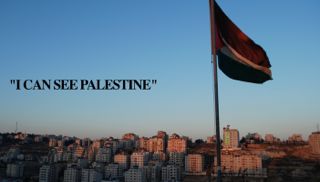The aim of this document is to review the extent to which Jewish and Arab populations in mixed neighborhoods, towns, regional councils, and urban spaces in Israel are integrated, and to explore the implications of the current state of relations for local and central government policy planners in Israel.
In October 2008, violent riots erupted involving Jewish and Arab residents of the city of Acre, and threatened to spread to additional towns. For a limited period, these riots drew the public attention to life in mixed cities, such as Acre. In this document we wish to expand the boundaries of the discourse and extend our perspective on mixed populations in Israel. This discourse should not be limited to the five traditional mixed cities in Israel (Acre, Haifa, Tel Aviv- Yaffo, Ramla, and Lod); it should include “new” de facto mixed cities that have emerged in recent years, and relate to the existence of mixed local councils, regions and areas. Many of the issues and challenges that mixed cities are facing are also relevant to the regional and spatial level of analysis, as illustrated below.
The main argument in this document is that contiguous residence of Arabs and Jews in Israel warrants a systematic planning approach to provide solutions for the needs of both communities, and a policy oriented toward collaboration, integration, and interaction. Even today, despite many years of intentional residential segregationof these two communities, a considerable share of the country’s population effectively lives side by side, in some degree of contiguity.
Moreover, in the absence of a solution to the grave housing shortage afflicting the Arab population, contiguous residence in mixed cities is expected to increase, as indeed urbanization and residential statistics of recent years indicate.
The first section of this document therefore presents an overview ofmixed cities and regions in Israel, first focusing on mixed cities and continuing to an exploration of mixed regions. The main obstacles and challenges which mixed cities and regions face are presented in the second section of this document. In the final section, several issues of policy and planning arising from the analysis are discussed.
To download the full report please click below:
| Attachment | Size |
|---|---|
| 0_2873.pdf | 0 bytes |
The Abraham Fund Initiatives - May 20, 2009 - Back to Resources Page
Did we miss something?
Click here to suggest a state building resource to be added to our fast-growing archive!
















